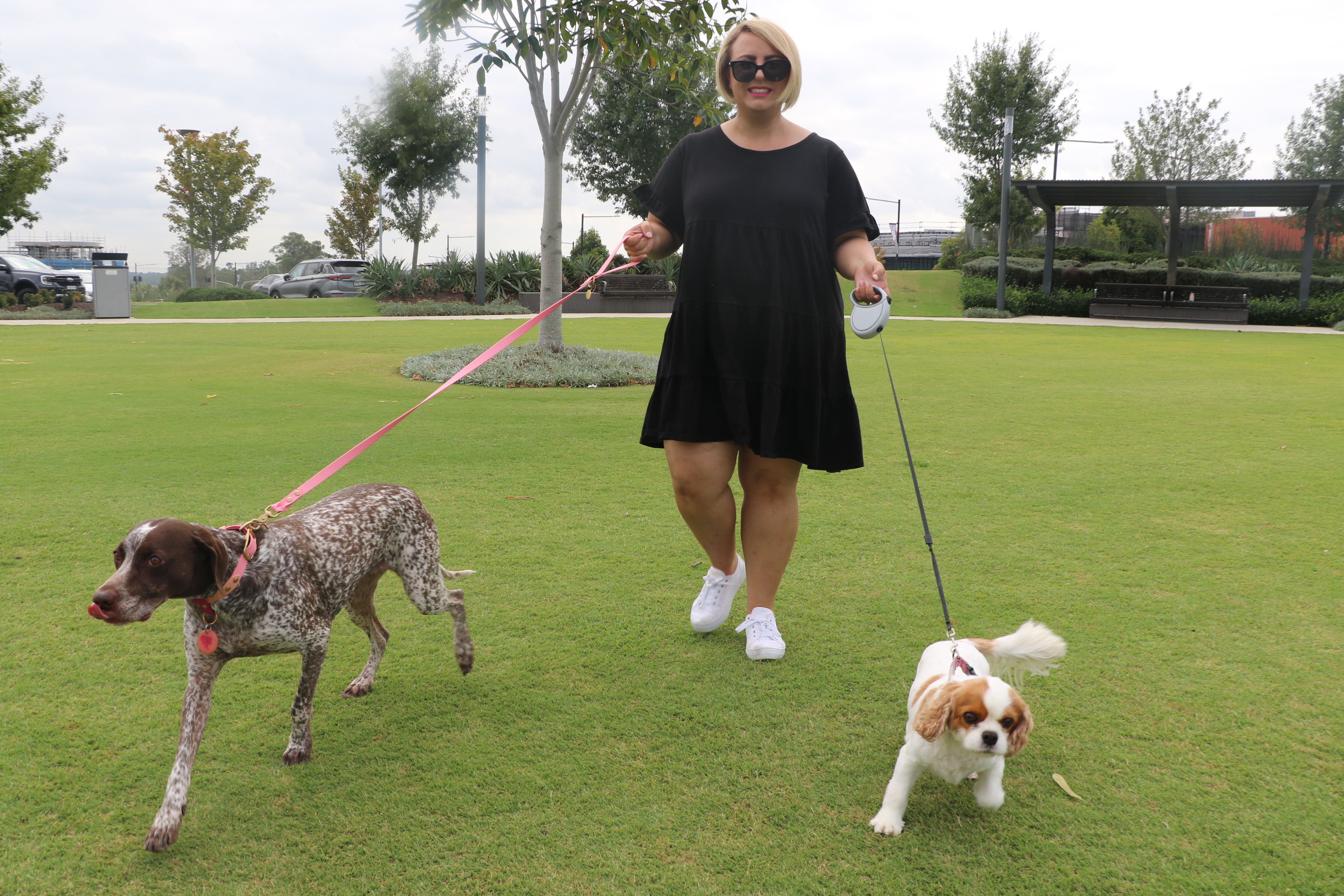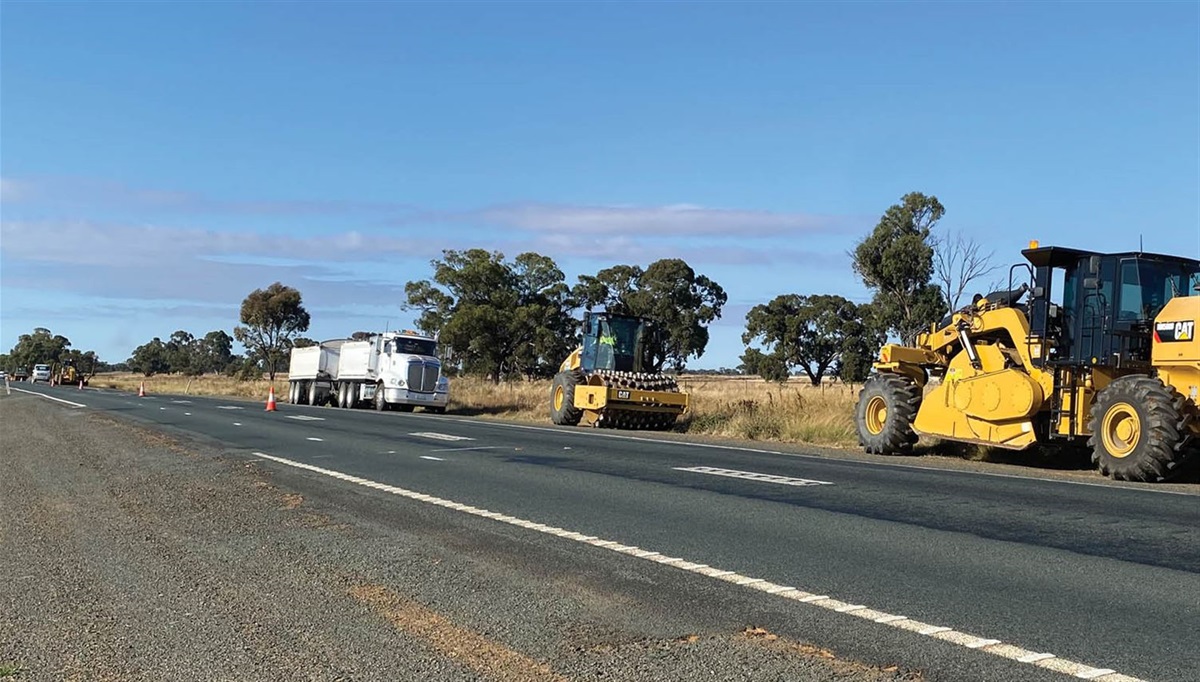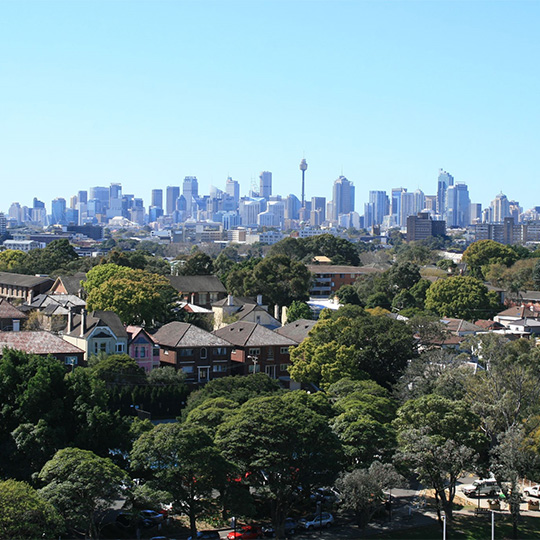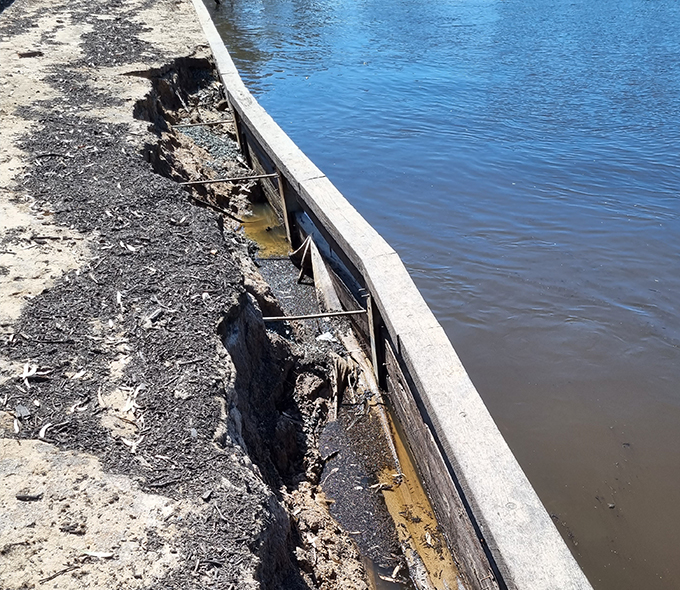It’s no secret that those in key leadership and decision-making positions require at least a bachelor’s degree, and that this is unlikely to change any time soon.
This unwritten rule acts as a gatekeeper, creating an impassable barrier for many who have non-standard attributes or come from remote and rural communities – especially Indigenous students.
It’s effectively saying that you are welcome in the workforce – but you can’t be the leaders in it. And systematically we have this situation in science, technology, engineering and mathematics (STEM).
Recent numbers provide a stark reality for engineering and information technology. Only 0.5 per cent of the Indigenous population having engineering degrees, compared to 5.2 per cent of the non-Indigenous population.
Despite a growing awareness and appreciation of Indigenous culture, these challenges have proven to be beyond the reach of goodwill.
The prevailing view and strategies are changing within many universities, through initiatives like alternative access pathways, scholarships and other incentives.
For instance, the Victorian Indigenous Engineering Winter School (VIEWS) is now offered by four Victorian universities to Year 10, 11 and 12 Indigenous students from across Australia, with transport and accommodation provided for those travelling to Melbourne to participate.
However, more needs to be done.
Universities are all competing for a pool of Indigenous academic talent who are already succeeding at high school.
So many initiatives aim to make a particular institution the preferred choice for Indigenous Australians and, while these initiatives are important, they assume that the journey from community to amazing year 12 results is a level playing field – when it is not.
I propose a paradigm shift, where we focus instead on building and nurturing a pipeline of Indigenous engineering interest. Unless we build and fill this pipeline, universities and industry will be forever competing for the same small pool of people.
Every stage in the pipeline to becoming an engineering professional is nearly empty for Indigenous Australians, including the very first one – the desire for young Indigenous students to become engineers.
All universities have an important role to play in enabling the spark of interest for young Indigenous students to pursue engineering.
Indigenous ingenuity has all the hallmarks that modern engineers strive for, including community centric solutions; personal and task specific modifications; evolutionary and agile development; and sustainable material pipelines.
There is much to learn from enabling Indigenous engineering perspectives, both as examples of early engineering and for new engineers to understand how to design a system that can stand the test of time.
Baiame’s Ngunnhu is a large structure located in Brewarrina in regional New South Wales on the lands of the Ngemba people.
These fish traps were a central part of the cultural practice in this region and are thousands of years old. These traps were the focal point of multiple communities, creating a central place to share resources and knowledges, and provide sustainable food sources for thousands of years.
A similarly important structure exists on the lands of the Gunditjmara in south-western Victoria.
Budj Bim, which is now a World Heritage site, is another ancient aquaculture and food generation system – predominantly for eels.
Indigenous weapons, shields and tools were tailor made, fit for purpose and sustainability produced. They considered aerodynamic principals and understanding of stressors and tensile strength, equally as robust as professional engineering knowledge today.
This list goes on.
Engineers stand to benefit greatly from embracing and understanding these methods. But if we succeed and make Indigenous engineering a part of the modern engineering curriculum without improving the number of Indigenous people in engineering, then we are accepting a continued division.
The 2012 Review of Higher Education Access and Outcomes for Aboriginal and Torres Strait Islander People recommended that universities build strong relationships with schools and work closely with them to encourage Aboriginal and Torres Strait Islander retention, academic achievement, Year 12 completion and transition to university.
The review included recommendations to build students’ skills in key areas like mathematics and science, academic achievement and aspiration to go to university, beginning (at least) with students in Year 7; encouraging outreach activities and intensive support in the form of case management, mentoring, outreach and academic enrichment programs; and putting resources toward building family and community support for higher education and ensuring that students have the information they need about higher education.
None of these recommendations are surprising and I think we might all agree that they will most likely work.
But I think that their simplicity hides the true complexity.
Our national system does not reward universities for these efforts – so universities have had to operate off good will. Our systems of grants and funding do not allow this longitudinal approach.
We need a broader systemic change, where funding models and institutional rewards align to enable long-term investment to genuinely diversify our academic communities.
It implies a need to change the ways we measure success, moving beyond immediate return and adding more value to the deeper impact of outreach and engagement efforts.
Indigenous communities are tired of transactional approaches where large institutions fly in for a short project, do great work and then leave. The community adapts to the project, then as the project ends it creates an economic and opportunity vacuum.
But five to 10 years is a very short period of time when you consider that Indigenous people have seen multiple ice ages on this country. In my experience, Indigenous people want to partner with large organisations to create more opportunities and realise the benefits of modern technology.
But they want to truly partner – not just be an adjacent participant.
So, what do we do next?
We need to work together to make this happen: universities, high schools, government and industry. I think we know enough about the problems and challenges of Indigenous people accessing higher education. I also think we already have a robust set of recommendations on what we should do.
So, what is next is that we should just get it done.
This is an edited extract of Dr Joseph West’s Return to Country STEM Oration. Dr West is Associate Dean (Indigenous) in the Faculty of Engineering and Information Technology and a Murawarri engineer from the New South Wales Culgoa River region.








